Super Star Clusters (SSCs) are dense clusters of bright young stars. As they evolve their intense radiation can clear…
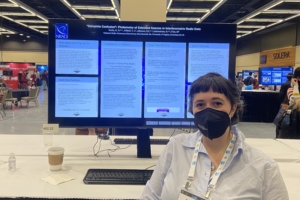

A Scintillating Description of Why Quasars Twinkle. Or, How We Tried to Break the Very Large Array.
One of the great things about being a radio astronomer is that if you have a good idea, and…
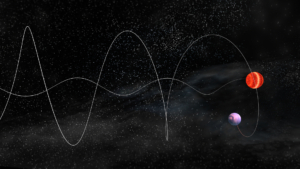
NRAO’s 2020 Astronomy Highlights with Phil Plait
2020 probably won’t go down as anyone’s favorite year, but we still want to celebrate all of the cool (radio) science we did.
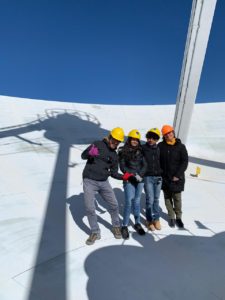
From Chile to New Mexico: Sister Cities and Observatories
Antenna climb at the VLA, left to right: Filipe Lizana, Camilla Pérez, Simón Contreras, Sonia Duffau.
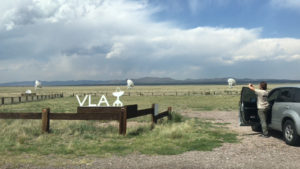
Road Tripping
If you take U.S. Highway 60 west out of Socorro, in fifty miles you’ll bump into the Very Large…
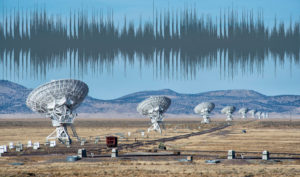
Interference from a Busy Planet
Since the 1930s, when Karl Jansky detected the first radio signals from space, astronomers have used radio telescopes to…

